Best PIV systems UK
1) Drimaster Eco Heat
The Drimaster Eco Heat is a product designed to control condensation in homes with lofts. It supplies tempered and filtered air to the property and comes with all the necessary ancillaries for a suspension installation. It also has an integral 400W heater and modern circular diffuser, and comes with a full 7-year Nuaire warranty. Users have reported positive results with the product, with most noting a significant decrease in condensation in their homes. Some have reported that the heater can be expensive to run, but purchasing the 4-way switch separately can help to manage energy consumption. Overall, the Drimaster Eco Heat is a highly recommended solution for homes experiencing condensation problems.
Pros
✅ Effective solution for controlling condensation
✅ Improve indoor air quality
✅ Easy to install
✅ Integral 400W heater
✅ 7-year warranty
✅ Energy efficient (without a heater)
Cons
❌ 4-way switch is sold separately
❌ Heater might be expensive to run
❌ Heater not very effective

Drimaster Eco Heat Features
- Air flow: 10 – 70l/s
- Power: 1.6 – 17W
- Suspension installation
- 400W heater
2) Vent Axia PureAir
The unit reduces humidity in the air, curing condensation and creating a healthier indoor environment. The system features a variable speed control and automatic summer shut off to stop warm air from coming back into the property. It also includes filters to purify the incoming air. The installation is easy and can be done discreetly. The product is effective for a property up to 150m2 and costs only £5 per year to run for a 3-bed house. The unit is maintenance-free for 5 years. The users have reported positive experiences with the system, including stopping window condensation, improving air freshness, and reducing cooking smells.
Pros
✅ Effective solution for controlling condensation
✅ Improve indoor air quality
✅ Easy to install and setup (Smart SenseTM)
✅ Variable speed control
✅ Automatic summer shut off
✅ Maintenance free for 5 years
✅ Energy efficient (£5 per year)
Cons
❌ No heater option

Vent-Axia Features
- Air flow: 10 – 60l/s
- Power: 3.9 – 14.1W
- Effective up to 150m2
- Noise: 35dB
- Weight: 8.56 kg
3) Kair Kalahari Eco
The Kair Kalahari PIV unit is a loft-controlled Positive Input Ventilation device that eliminates condensation and mould build-up in a house. It draws in fresh air that has passed through high-grade G4 filters and replaces excess humidity with dry air. It is perfect for new build properties that have little fresh air passing through them due to energy-saving and heat retention measures. The unit gently increases pressure to force out moisture-laden air without the need to open windows, which saves on heating bills. The unit is low noise and easy to install, and it costs only between 5-10p per day to run. The unit makes use of solar gain and warmer air from the loft cavity to reduce the chill on air introduced into the property, which saves on energy costs. Once set up, the unit requires minimal maintenance, with filters needing to be cleaned every few months and replaced only once every five years.
Pros
✅ Effective solution for controlling condensation
✅ High-grade G4 filters
✅ Easy to install and maintenance is minimal
✅ Good value for money (cheaper than other similar models)
✅ Energy efficient
Cons
❌ No heater option

Kair Kalahari Eco Features
- Air flow: 10 – 60l/s
- Power: 1.6 – 15.3W
- Weight: 6.66 kg
Do PIV units work?
So you have a loft space and you have heard about PIV units? Well, if you want to make use of your loft and keep your home fresh and dry then a PIV unit is a must-have. PIV stands for Positive Input Ventilation, it was invented in the 70’s by Nuaire. This revolutionary device provides a steady supply of fresh air to the house via the loft. This fresh air cascades through the house replacing the old, stale and damp air. Consequently, excess condensation and damp are eradicated along with mould.
However, most people are struggling to understand what this gadget is and how it works. We have done some research and put together all the information you need to make an informed choice on getting a PIV unit.
What is a PIV unit?
In simple terms, positive input ventilation (PIV) is a method of ventilation used to improve the house’s air quality. This device uses a fan to push out moist and stagnant air while replacing it with fresh, filtered and dry air. As a result, ventilation is improved around your home, thus curbing breathing problems and preventing property damage. Currently, over 1 million homes in the UK are fitted with PIV units! Some PIV units come with the option of warming the air as it is blown into the home. Because of this, you benefit from a warmer home as well as a dry one.
How does a PIV unit work?
The principle behind the functionality of the PIV unit is the use of a small fan. This fan has various speed settings that can be altered according to the size of your home or the severity of any damp issues. Fan speed is selected on the PIV unit controller, air is then blown into the house from the loft. Most lofts are insulated in “breathable” materials which allows the PIV unit to draw fresh air from outside. There is no need to vent the unit externally as the natural breathability of your loft is all that is required. Please note some lofts are insulated by non-breathable materials, this would render the use of a PIV unit sub-optimal.
PIV unit (without heating) air distribution in winter diagram
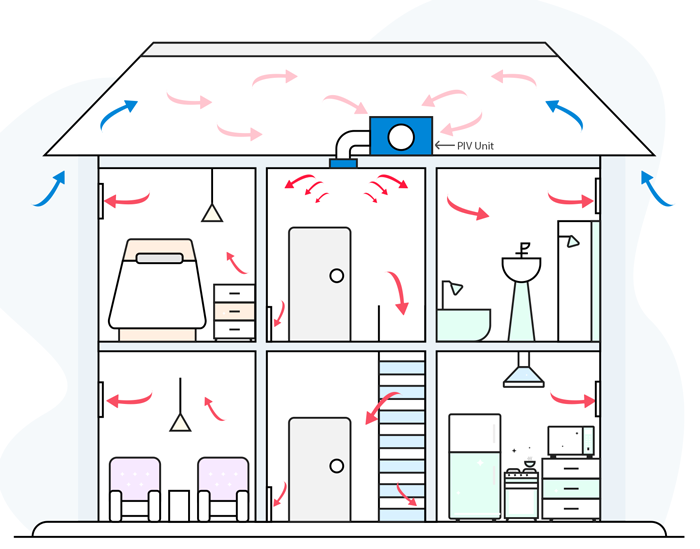
| Arrow | |
| Fresh air coming from outside of the house via loft vents | |
| Warmed air from the heat on the loft (recycled from the heat loss of your house) | |
| Warm air distrubuted around the house (replacing the old stale air) |
The PIV works by pumping this fresh air into your home. The process forces stale, damp air out of your home through gaps and vents, this greatly reduces the presence of excess moisture and thus reduces condensation. For maximum efficiency, the PIV unit should be hung at near ceiling height. If your PIV unit is well placed, then warm air which has risen into the loft will be recycled through your home. During winter, warm air which rises naturally will be recycled, saving you money on heating. You should also note that PIV units have large air filters to stop any dust or pollutants being circulated through your home. Replacement filters are relatively cheap and easy to fit.
How to fit a PIV unit
If you’re a person that loves DIY as many of us are, then the PIV is relatively easy to install. PIV units generally come with complete instructions to follow telling you how to do everything from setting up the sensors to installing it in the loft.
You’d need to cut a hole in the ceiling and put a mounting screw into a rafter nearby. The PIV unit generally comes with all the ancillaries needed to create the suspension installation. We recommend that you seek a profession electrician to help connect the device to the mains. This is for safety purposes as well as insurance integrity. We found an excellent video on how to install a PIV unit and have linked it below. It really is quite simple! Find out more about installation here.
If you’re not a DIY person and feel that this is too much work for you to handle then no need to worry, you can look for a quality installer because you want your job done correctly. There are plenty of options with companies out there, and you shouldn’t settle for one which isn’t excellent. You can research reputable companies online and read reviews to ensure they are top-notch. You should call the companies and ask for their level of experience to see if they have experience with installing PIV units. A key point to note, though; Choosing a company with the lowest rates is not always the best option. You might regret it later.
Why Do You Need a PIV Unit
Studies show that activities such as cooking, cleaning, and bathing generate up to 12.5 litres of moisture per day. This amount of moisture can cause excess condensation and mould growth as a result. This can damage both your health and property.
It is also known that fumes from detergents, gas outlets, paints and odours can pollute the air around your home. Given that a normal person breathes up to 11000 litres of air per day, good air quality is imperative. Poor indoor air quality can cause diseases such as asthma and other breathing system difficulties.
Further, most new homes are insulated from heat loss using modern materials. As well as preventing heat from escaping, these can also prevent moisture from escaping. Consequently, this leads to a buildup of moisture which precedes issues with condensation and mould.
The installation of a PIV unit can greatly increase indoor air quality and prevent many of these issues.
Here is a recap of why you might benefit from a PIV unit:
- They are economical as the units draw anywhere from 1.5 to 15 watts.
- The units are relatively quiet and produce little noise.
- Removes trapped odours and fumes.
- Stops condensation.
- Can be tamper-proof, an excellent option for the landlord.
- The PIV unit works on the whole house, and so you don’t have to utilise damp busting methods in different rooms
- It also filters the air and thus will remove dust, debris and any other stuff you do not want in the house.
How Much Does It Cost to Run a PIV Unit?
On average a PIV unit will consume 5-15 watts of power which will cost just 4-12p a day to run. As a result, PIV systems have long been considered one of the most affordable ways to provide whole-home ventilation. Please be aware that a heated PIV unit costs significantly more to run. Heated systems typically consume 500 watts of power (or 100 times that of a non-heated version) and running costs can be as much as £2 – £4 a day when the heater is enabled. We advise people to strongly consider whether you need a heated unit because of this fact.
A typical PIV unit costs around £300 – £500 and can last you roughly ten years running 24 hours a day. A non-heated PIV unit would cost roughly £15 – £45 a year in electricity. This makes a PIV unit extremely cost-effective. It would be cheaper to run a PIV unit than almost any dehumidifier!
PIV Unit or Dehumidifier
Choosing between a PIV unit and a dehumidifier depends on your specific needs and the environment you are trying to improve.
A Positive Input Ventilation (PIV) unit is designed to improve indoor air quality by introducing fresh air into your home through a filter, while at the same time, expelling stale air out. PIV units can help control humidity levels and prevent condensation, but they are not specifically designed to reduce humidity levels in the air.
On the other hand, a dehumidifier is specifically designed to reduce humidity levels in the air by extracting moisture from the air. They can be particularly useful in damp environments, where there is a high risk of mold and mildew growth.
If you are experiencing issues with high humidity levels and dampness, then a dehumidifier would be the better option. However, if your main concern is improving indoor air quality and preventing condensation, then a PIV unit may be a better choice.
PIV Unit FAQs
Do you require a professional to install your PIV unit?
If you are a DIY person, you can comfortably plug it into a socket, but if you cannot, we would advise you to have an electrician do it for safety and insurance sake.
Will the PIV make the air warmer or colder?
A great answer for this is the air could be both – warm or cold. This is why – the air coming into your home will be cooler than that of what is inside your home. However, the loft will be warmer because of solar gain thus warming the air. If you want, you can purchase a heated PIV unit that will preheat the air.
Are PIV units loud?
No, unless you’re running on a high speed, you’ll barely hear it.
How will the air in my home escape?
There are numerous leakage paths for air to escape from your home. These include cat flaps, keyholes, gaps and cracks around doors, letterboxes, windows, floors and ventilation bricks.
Do I need trickle vents with a PIV system
While a Positive Input Ventilation (PIV) unit can function without trickle vents, it is important to note that trickle vents are often required for sufficient air flow throughout a property, particularly in new builds. Therefore, it is recommended that you install trickle vents in addition to your PIV system to ensure optimal ventilation results in your home. From the 15th June 2022 onwards, any newly installed windows must adhere to the updated regulations regarding trickle vents. Source.
PIV unit and loft smell. How to avoid it?
If you have a Positive Input Ventilation (PIV) unit installed in your home and are experiencing a musty smell coming from the loft, there are a few things you can do to help alleviate the problem:
- Improve loft insulation.
- Check for signs of damp in the loft. Make sure it is well ventilated.
- Regularly maintain and clean your PIV unit.
- Consult a ventilation specialist if you can’t see what is causing the problem.
Are PIVs expensive to run?
On average a PIV unit will consume 5 watts of power which will cost just 1p a day to run. Depending on your current supplier prices of course.
Final thought
If your beautiful home has a loft and is suffering from condensation, mould, odours or mildew, then the PIV unit might be your best bet to improve the air quality. Remember, stagnant air traps humidity and other harmful pollutants, good ventilation can ensure this doesn’t happen. If you’re finding it a bit confusing or difficult to choose the right brand, you can’t go wrong with the Nuaire Drimaster, it has it all and is a robust choice. It has easy installation, cost effectiveness, efficiency, durability, and not forgetting the outstanding warranty of 7 years. Investing in a PIV unit can be a cheap way of protecting your home and health for years to come.
Last update on 2025-02-28 / Affiliate links / Images from Amazon Product Advertising API

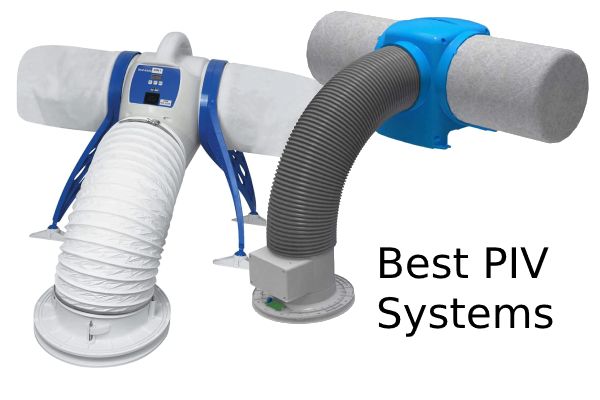

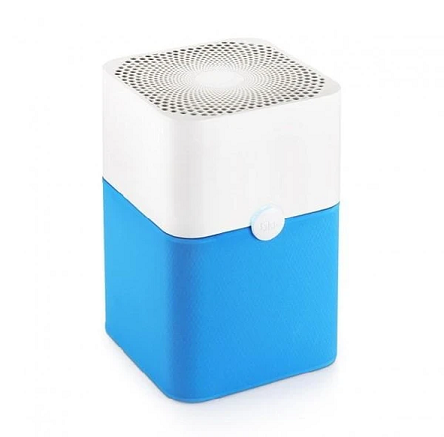

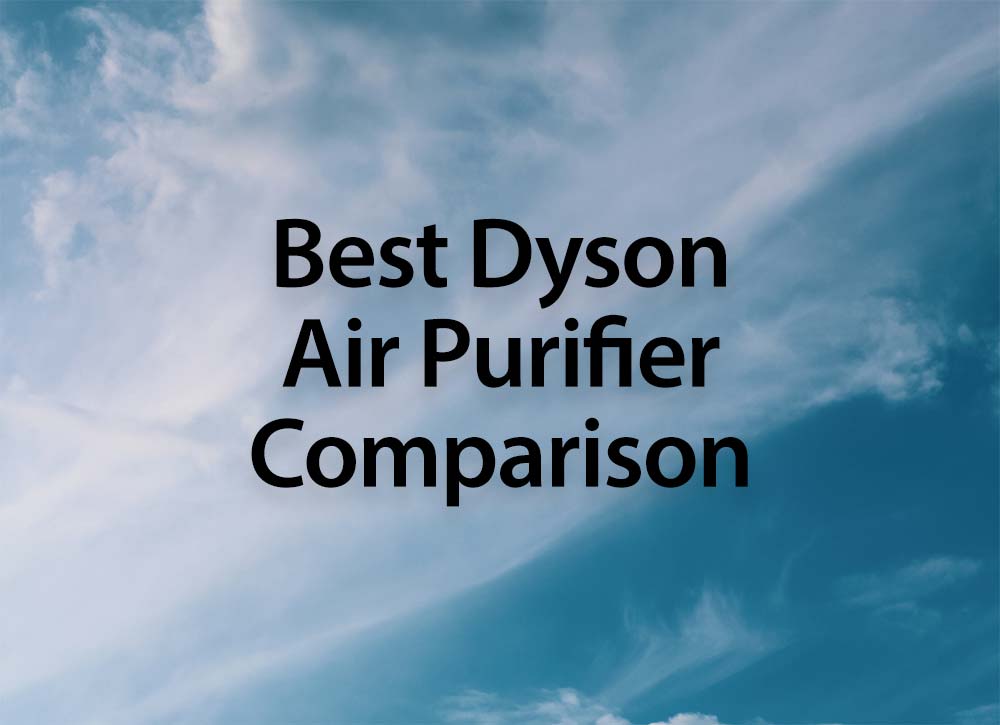
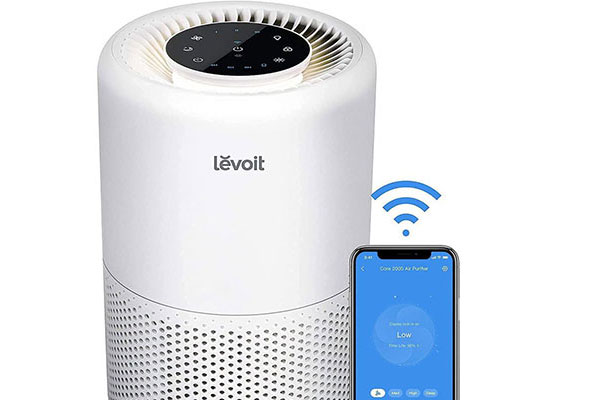
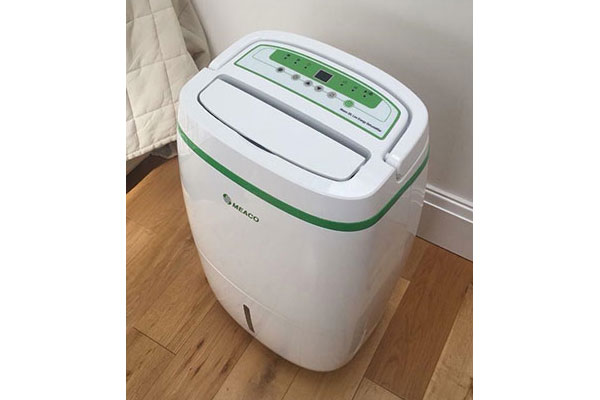
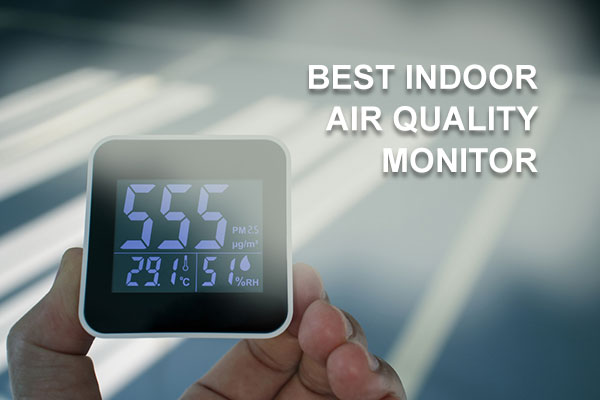
Do you have to keep internal doors open for the unit to work on the whole house
Hi Ravi… That is a good question.
In order for a Positive Input Ventilation (PIV) system to work effectively throughout a house, it is generally recommended to keep internal doors open to allow for adequate air flow (unless they have air vents). This will help to ensure that the air is able to circulate and that the PIV system can distribute fresh, filtered air throughout the house.
I have spot lights in hallway, kitchen & bathroom. Do I have to seal the units before installing the Nuaire system?
It’s generally recommended to seal any ceiling-mounted spotlights or downlights before installing a positive input ventilation (PIV) system, as these types of lights can potentially allow air to leak into the roof space or attic.